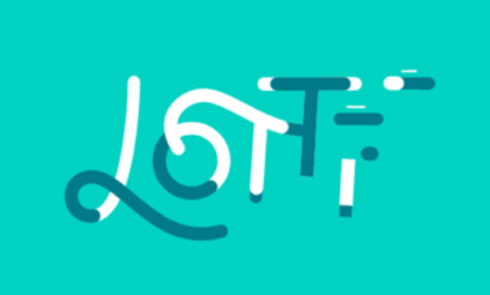In the dynamic realm of web design, user interfaces (UIs) serve as the digital gateway between users and content, shaping the overall experience and perception of a website or application. While static interfaces provide essential functionality, incorporating animation into UI design can elevate usability, engage users, and evoke a sense of delight. In this article, we explore the multifaceted benefits of animating user interfaces, highlighting how motion enhances usability and cultivates a more immersive and enjoyable user experience.
Enhancing Usability through Visual Feedback
Animation serves as a powerful form of visual feedback, providing users with cues and guidance as they navigate through a digital interface. From subtle hover effects to more pronounced transitions, animations communicate changes in state, response to user input, and system feedback in a natural and intuitive manner. By offering visual reinforcement, animations help users understand the cause and effect of their actions, reducing cognitive load and enhancing usability.
Guiding User Attention and Focus
Strategic use of animation can guide user attention and focus, directing the eye towards important elements or key actions within the interface. Through techniques such as motion cues, highlighting, and micro-interactions, animations draw users’ gaze to specific areas of the screen, making it easier to locate relevant information or navigate through complex content. By guiding user attention, animations improve discoverability, engagement, and task completion rates, ultimately leading to a more efficient and satisfying user experience.
Creating Seamless Transitions and Flow
Smooth and seamless transitions between different states or screens within an interface contribute to a sense of continuity and flow, enhancing the overall user experience. Whether transitioning between pages, expanding/collapsing menus, or opening/closing modal windows, animations create a sense of spatial awareness and context, reducing disorientation and confusion. By maintaining visual coherence and continuity, animations create a more cohesive and immersive browsing experience, encouraging users to explore and interact with confidence.
Evoking Emotional Engagement and Delight
Beyond functional benefits, animations have the power to evoke emotional engagement and delight, leaving a lasting impression on users. Thoughtfully designed animations, such as playful loading indicators, animated illustrations, or interactive elements, add personality and character to the interface, fostering a sense of warmth and connection. By injecting moments of delight and surprise, animations create memorable interactions that resonate with users on a deeper level, increasing user satisfaction and brand affinity.
Fostering Inclusive Design and Accessibility
Incorporating animations into user interfaces presents an opportunity to enhance inclusivity and accessibility for all users, including those with disabilities. While animations can provide valuable visual feedback and cues, they may also pose challenges for users with certain cognitive or sensory impairments. To ensure that animations benefit all users, designers must prioritize inclusive design principles and consider alternative methods of conveying information. This may involve providing options to disable or adjust the intensity of animations, offering alternative text descriptions, or implementing keyboard shortcuts for users who rely on assistive technologies. By embracing inclusive design practices, designers can create interfaces that are accessible to a diverse range of users, fostering a more equitable and inclusive digital landscape.
Balancing Aesthetics with Performance
While animations can enhance the aesthetic appeal and user experience of interfaces, designers must strike a balance between visual flair and performance optimization. Overly complex or excessive animations can lead to increased loading times, sluggish responsiveness, and degraded performance, particularly on low-powered devices or slow network connections. To mitigate these issues, designers should prioritize simplicity, restraint, and purposefulness in their animation design, focusing on subtle effects that add value without compromising performance. Additionally, leveraging modern web technologies such as CSS animations and hardware acceleration can help optimize performance and ensure smooth rendering across devices. By prioritizing performance considerations in animation design, designers can create interfaces that are not only visually engaging but also fast, responsive, and accessible to all users.
Optimizing Performance and Responsiveness
While animations can enhance the user experience, it’s essential to ensure that they do not compromise performance or responsiveness. Optimizing animations for speed and efficiency, leveraging techniques such as hardware acceleration and lazy loading, ensures smooth rendering across devices and screen sizes. By prioritizing performance, animations maintain responsiveness and usability, providing a seamless experience for users regardless of their device or network conditions.
Conclusion
In the ever-evolving landscape of web design, animating user interfaces offers a myriad of benefits, from enhancing usability and guiding user attention to evoking emotional engagement and delight. By incorporating animations thoughtfully and strategically, designers can create interfaces that not only facilitate efficient task completion but also cultivate a more immersive, engaging, and enjoyable user experience. As technology continues to evolve and user expectations evolve, animations will continue to play a pivotal role in shaping the future of digital interfaces, elevating them from functional tools to delightful experiences.

